Home>Furniture>Bedroom Furniture>When To Transition To A Toddler Bed
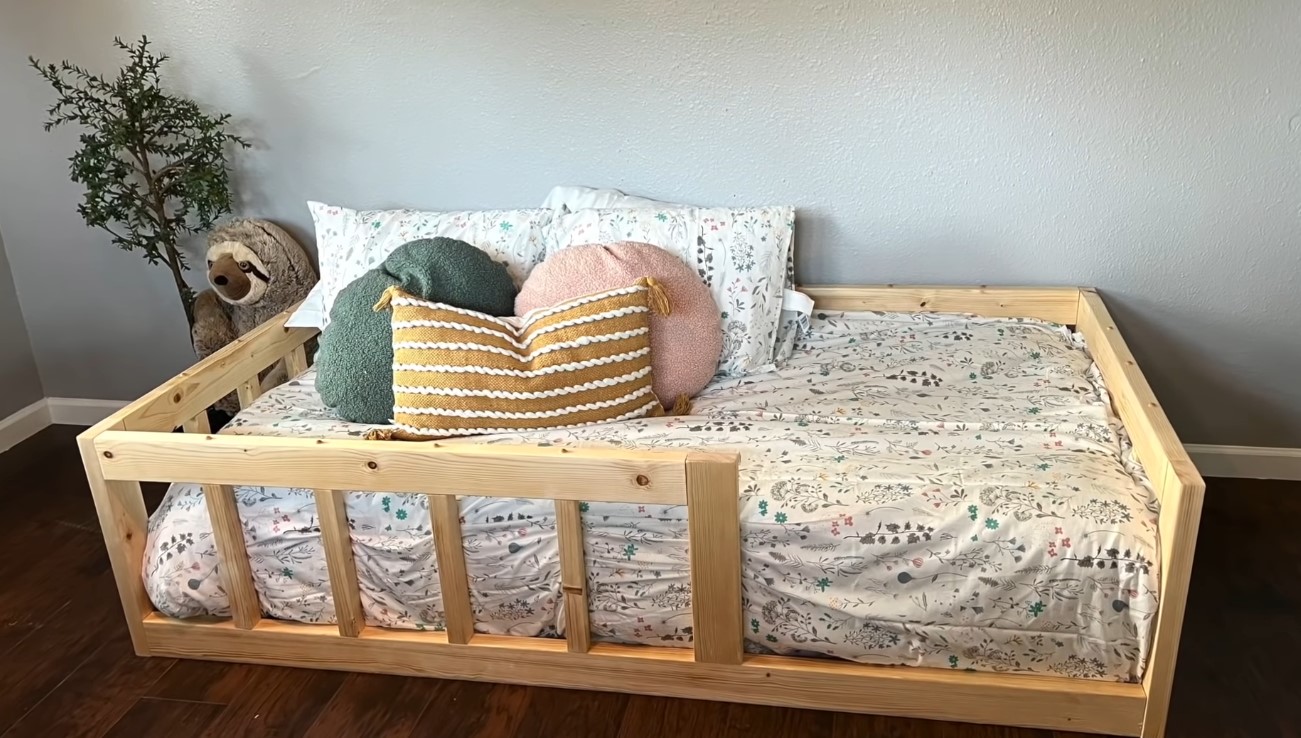

Bedroom Furniture
When To Transition To A Toddler Bed
Modified: January 9, 2024
Learn when it's the right time to transition your child from a crib to a toddler bed. Find the perfect bedroom furniture for this important milestone.
(Many of the links in this article redirect to a specific reviewed product. Your purchase of these products through affiliate links helps to generate commission for Storables.com, at no extra cost. Learn more)
Introduction
Welcome to the exciting world of toddler beds! As your child continues to grow, one of the major milestones to look forward to is the transition from a crib to a toddler bed. This signifies their increasing independence and marks an important step in their development. However, knowing when to make this transition can be a little daunting.
In this article, we will discuss the signs that indicate your child is ready for a toddler bed. We will also explore the factors to consider when choosing the right bed for your little one, as well as providing tips and advice for a smooth transition.
Transitioning from a crib to a toddler bed is an important decision that requires careful consideration. It’s important to ensure your child is emotionally and physically ready for this change. By understanding the signs and following the right steps, you can make this transition a positive and exciting experience for both you and your child.
Key Takeaways:
- Look for signs of readiness such as age, size, and interest in independence to determine when to transition your child to a toddler bed. Prioritize safety and involve your child in choosing the right bed for a smooth transition.
- When transitioning to a toddler bed, create excitement, establish routines, and be patient. Address challenges like resistance, separation anxiety, and nighttime waking with understanding and consistency. Remember, every child’s transition is unique.
Read more: When To Transition Toddler Out Of High Chair
Signs Your Child Is Ready for a Toddler Bed
Transitioning your child to a toddler bed at the right time is crucial for a smooth and successful change. Here are some signs that indicate your child is ready for a toddler bed:
- Age: While age is not the determining factor, most parents consider transitioning their child to a toddler bed between the ages of 2 and 3. By this age, they are typically more physically capable of climbing in and out of bed safely.
- Size: If your child has outgrown the crib or is frequently bumping into the sides or top rail while sleeping, it may be time to consider a toddler bed. They need more space to move around comfortably.
- Interest in independence: If your child shows an interest in doing things independently, such as dressing themselves or using the potty, it may be a sign that they are ready for the transition. A toddler bed provides them with the freedom to get in and out of bed on their own.
- Successfully using a toddler mattress: If your child has been sleeping on a toddler mattress during naps or when visiting other places, and they have adapted well to it, it indicates that they may be ready for a toddler bed at home.
- Trying to climb out of the crib: If your little one is attempting to climb out of the crib, it can be a safety concern. Transitioning to a toddler bed eliminates the risk of falls from attempting to escape the crib.
- Showcased responsibility: If your child demonstrates a sense of responsibility by following routines, listening to instructions, and staying in their bed during naptime or bedtime, they may be ready for a toddler bed.
- Showing curiosity about the big bed: If your child expresses curiosity or fascination with older siblings’ or friends’ big beds, it indicates an interest and readiness for their own toddler bed.
- Emotional readiness: Your child should be emotionally ready for the transition. If they can cope with changes and separations easily, it shows they are prepared for this milestone.
Keep in mind that these signs may vary for each child. Pay attention to their individual cues, behaviors, and development to determine if they are truly ready for the transition to a toddler bed.
Choosing the Right Toddler Bed
When it comes to selecting a toddler bed, there are a few key factors to consider. Here are some tips to help you choose the right bed for your child:
- Size and Safety: Opt for a toddler bed that is low to the ground to minimize the risk of falls. Ensure that the bed meets safety standards and has sturdy construction to support your child’s weight. Look for rounded edges and non-toxic finishes to prioritize safety.
- Transition Options: Some toddler beds are designed to transition from a toddler bed to a twin bed, providing long-term value. Consider whether you prefer a bed that can grow with your child or if you prefer a more short-term solution.
- Design and Theme: Choose a bed that matches your child’s interests and personality. Whether it’s a princess castle, a car-shaped bed, or a simple and classic design, finding a bed that appeals to your child can make the transition more exciting.
- Mattress Support: Ensure that the toddler bed you choose fits a standard crib mattress. This will save you the hassle and expense of purchasing a new mattress. Additionally, make sure the bed has proper slat support for the mattress.
- Sturdiness and Durability: Look for a toddler bed made from high-quality materials that can withstand the active nature of toddlers. Consider the weight capacity of the bed and its ability to withstand rough play.
- Easy Assembly: Check reviews or product descriptions to see how easy or challenging the bed is to assemble. Consider your own DIY skills and the time you have available for assembly.
- Budget: Set a budget for the toddler bed and consider the long-term use. While there is a wide range of options available, prioritize safety and quality over cost.
- Accessories and Features: Some toddler beds come with additional features such as built-in storage, safety rails, or removable side rails. Consider if any of these features would be beneficial for your child.
Remember to involve your child in the decision-making process. Let them explore different options and express their preferences. Involving them in the selection can help create excitement and a sense of ownership over their new bed.
By considering these factors and prioritizing your child’s comfort and safety, you’ll be able to choose the perfect toddler bed that meets their needs and preferences.
Transitioning Your Child from a Crib to a Toddler Bed
Transitioning your child from a crib to a toddler bed can feel like a big step, but with the right approach, it can be a smooth and positive experience for both you and your child. Here are some tips to help with the transition:
- Prepare your child: Talk to your child about the upcoming change and explain what a toddler bed is. Use positive language to create excitement and anticipation. Read books or watch videos about transitioning to a big bed to familiarize them with the concept.
- Set up the toddler bed in advance: Place the toddler bed in the same room as the crib a few weeks before the transition. Allow your child to explore and become comfortable with the new bed. You can even let them play and nap in it to create a positive association.
- Maintain a consistent bedtime routine: Stick to your child’s regular bedtime routine as much as possible. This will provide them with a sense of familiarity and security during the transition. Keep the routine consistent with what they were used to when sleeping in the crib.
- Encourage naps in the toddler bed: Start by having your child take daytime naps in the toddler bed. This allows them to gradually adjust to the new sleeping environment before making the full transition to sleeping in it at night.
- Use familiar bedding: Use your child’s familiar crib sheets and blankets in the toddler bed. The scent and feel of these items can provide comfort and familiarity during the transition.
- Consider using a bed rail: If your child is used to the security of the crib, you may want to use a bed rail to prevent them from rolling out of bed. This provides an added sense of safety and can ease the transition for both of you.
- Be patient and supportive: Your child may need some time to adjust to the new sleeping arrangement. They might experience some resistance at first, and that’s normal. Be patient, offer reassurance, and offer praise for their efforts and progress.
- Avoid going back to the crib: Once you have made the transition to the toddler bed, avoid going back to the crib unless there is a safety concern. Going back and forth can confuse your child and make the transition more challenging.
- Celebrate milestones: Encourage and celebrate small victories along the way. Whether it’s successfully falling asleep in the toddler bed or staying in bed throughout the night, acknowledge their progress and make them feel proud of their achievement.
Remember, every child is unique, and the transition process may vary. Some children adapt quickly, while others may require more time and reassurance. By being patient, consistent, and supportive, you can help your child adjust to their new toddler bed and create a positive sleep environment.
When your child starts climbing out of the crib or expresses a desire for a big kid bed, it may be time to transition to a toddler bed. This usually happens around 18 months to 3 years old.
Safety Measures for Toddler Beds
When transitioning your child to a toddler bed, it’s essential to prioritize their safety. Here are some important safety measures to consider:
- Choose a safe location: Place the toddler bed in a secure and accessible area of the room. Ensure that it is away from windows, cords, and furniture that could pose a hazard.
- Secure the mattress: Make sure the mattress fits snugly in the bed frame with no gaps. Use fitted sheets that are specifically designed for toddler beds to ensure a tight and secure fit.
- Install bed rails: Consider using bed rails to prevent your child from rolling out of bed. Bed rails provide an additional layer of safety and can help ease your worries about falls during the night.
- Anchoring the bed: Attach the toddler bed securely to the wall or floor to prevent tipping. This is especially important if your child is an active sleeper or tends to climb on furniture.
- Remove potential hazards: Remove any loose blankets, pillows, stuffed animals, or toys from the toddler bed while your child is sleeping. These items can increase the risk of suffocation or strangulation.
- Use childproof locks: If there are drawers or storage compartments in the toddler bed, make sure they have childproof locks to prevent your child from getting trapped or accessing potentially dangerous items.
- Check for sharp edges: Inspect the bed frame for any sharp edges or protruding parts that could cause injury. File down or cover any sharp edges with childproof padding or corner guards.
- Keep the room childproofed: Ensure that the entire room is childproofed, with electrical outlets covered, cords safely tucked away, and furniture securely anchored to the wall to prevent accidents.
- Regularly inspect the bed: Routinely check the toddler bed for any wear and tear, loose screws, or broken parts. Replace or repair any damaged components promptly to maintain the bed’s safety.
- Teach safe sleep practices: Talk to your child about safe sleep habits, such as staying in bed, not jumping or playing on the bed, and using the bed for sleep rather than as a play area.
Remember, safety is a top priority throughout the transition to a toddler bed. By following these safety measures and regularly assessing the sleeping environment, you can provide a secure and comfortable space for your child to sleep.
Read more: What Size Is A Toddler Bed
Tips for a Smooth Transition to a Toddler Bed
Transitioning your child from a crib to a toddler bed can be a significant change for both of you. To help make the transition as smooth as possible, consider these helpful tips:
- Create excitement: Make the transition to a toddler bed an exciting event for your child. Let them choose their new bedding or involve them in the process of decorating their new bed area. This involvement can help generate enthusiasm and a sense of ownership.
- Establish a routine: Stick to a consistent bedtime routine to provide familiarity and comfort during the transition. Follow a predictable sequence of activities so that your child knows what to expect before bedtime, such as brushing teeth, reading a story, and saying goodnight.
- Use positive reinforcement: Praise your child’s efforts and progress during the transition. Celebrate their successful nights in the toddler bed and offer small rewards to encourage them to continue adapting to the new sleeping arrangement.
- Encourage independence: Give your child a sense of control and independence by allowing them to make choices within limits. Let them choose their pajamas or a favorite toy to bring to bed. This empowerment can help them feel more comfortable and confident in their new sleeping space.
- Keep a consistent bedtime: Stick to a regular bedtime, even during the transition. Consistency is key to helping your child establish healthy sleep habits. This will also help them adjust to the new bed more easily.
- Be patient during the night: Your child may have some difficulty adjusting to the new sleeping arrangement at first. Be patient and offer reassurance if they wake up during the night. Comfort them, remind them it’s bedtime, and help them settle back into their bed.
- Establish boundaries: Set clear rules and boundaries around bedtime behaviors. Let your child know what is expected of them in their new bed, such as staying in the bed until morning or calling for you if they need assistance.
- Offer comfort items: Provide your child with comfort items in their new toddler bed. This could be a favorite stuffed animal, a blanket, or a special nightlight. These items can provide a sense of security and familiarity during the transition.
- Monitor their safety: Keep an eye on your child during the transition to ensure they are safe and comfortable in their new bed. Peek into the room to check on them without disturbing their sleep, or consider using a video monitor to keep a close eye on their well-being.
- Be consistent: Once you have made the transition to the toddler bed, try to avoid going back to the crib unless there is a safety concern. Consistency is key to helping your child adjust and establish a new sleep routine.
Remember, every child is different, and the transition to a toddler bed may take time. Stay positive, patient, and consistent throughout the process. With time and persistence, your child will adapt to their new bed and thrive in their newfound independence.
Dealing with Challenges during the Transition
Transitioning your child from a crib to a toddler bed may come with some challenges along the way. Here are some common obstacles you may encounter during the transition and tips for overcoming them:
- Resistance to change: Some children may resist the idea of leaving their familiar crib. Offer reassurance, understanding, and patience during this adjustment period. Stay positive and consistently reinforce the benefits and excitement of the new bed.
- Getting out of bed: Your child may be tempted to get out of bed and explore their newfound freedom. Establish clear expectations and straightforward consequences for getting out of bed without permission. Consistency and gently redirecting them back to bed will help reinforce these expectations.
- Separation anxiety: Moving to a toddler bed can sometimes trigger separation anxiety in children. Provide extra comfort and reassurance during bedtime. Implement a consistent and soothing bedtime routine to help them feel secure and supported.
- Nighttime waking: Your child may experience more nighttime awakenings during the transition. If they wake up, reassure them that they are safe, guide them back to bed, and offer comforting words or soothing techniques to lull them back to sleep.
- Transitioning from a crib to a bed too early: Wait until your child shows signs of readiness before making the transition. Moving to a toddler bed before they are emotionally and physically prepared can lead to increased resistance and sleep disturbances. Take cues from your child and trust their developmental timeline.
- Adjusting to a new sleep environment: Help your child feel comfortable in their new bed by recreating familiar sleep cues. Use their favorite pillow or blanket, play their preferred lullaby, and maintain a consistent bedtime routine. This familiarity can ease the transition and provide a sense of security.
- Regulating naptime: If your child is having difficulty adjusting to the toddler bed for naps, remember to be patient. Offer encouragement and gently guide them back to bed. Stick to consistent naptime routines and keep the sleep environment calm and soothing.
- Sharing a room with siblings: If your child is transitioning to a toddler bed in a shared bedroom, establish clear boundaries and rules for respecting each other’s sleep. Use white noise machines or soft music to help drown out any potential disturbances. Reward positive behavior and consider temporary separation if needed.
- Sleep regression: It’s common for children to experience temporary sleep regression during transitions. Be consistent with bedtime routines and set clear expectations. Provide extra comfort and reassurance during this period, and remember that it is a temporary phase.
- Seek support: If you’re facing significant challenges with the transition, don’t hesitate to reach out for support. Discuss concerns with your child’s pediatrician or consult parenting resources for additional guidance and strategies.
Remember, every child is unique, and the challenges they face during the transition to a toddler bed may vary. Stay patient, consistent, and understanding as you work through any obstacles that may arise. With time, understanding, and support, you and your child will successfully navigate this transition and settle into a new sleep routine.
Conclusion
Transitioning your child from a crib to a toddler bed is an exciting milestone filled with new opportunities and growth. By paying attention to the signs of readiness, selecting a suitable bed, and following the right steps, you can ensure a smooth and successful transition for your little one.
Remember to prioritize safety by choosing a bed with appropriate features, securing the mattress, and establishing a safe sleeping environment. Additionally, maintaining consistency, patience, and positive reinforcement throughout the transition will help your child adjust to their new bed with confidence and excitement.
While challenges may arise, such as resistance to change or nighttime waking, approach them with understanding and consistency. Use techniques like clear communication, reinforcement of boundaries, and providing comfort items to overcome these obstacles and create a positive sleep experience for your child.
Keep in mind that every child is unique, and the transition process may vary. Be attuned to your child’s cues and adapt your approach accordingly. Seek support when needed and trust in your ability as a parent to guide your child through this important milestone.
As your child grows and develops, their transition from a crib to a toddler bed marks a significant step towards independence. Embrace the journey, celebrate their achievements, and create a nurturing sleep environment that supports their well-being and growth.
With love, patience, and the right strategies, you can make the transition to a toddler bed a positive and memorable experience for both you and your child as you embark on this new phase of their sleep journey.
Frequently Asked Questions about When To Transition To A Toddler Bed
Was this page helpful?
At Storables.com, we guarantee accurate and reliable information. Our content, validated by Expert Board Contributors, is crafted following stringent Editorial Policies. We're committed to providing you with well-researched, expert-backed insights for all your informational needs.

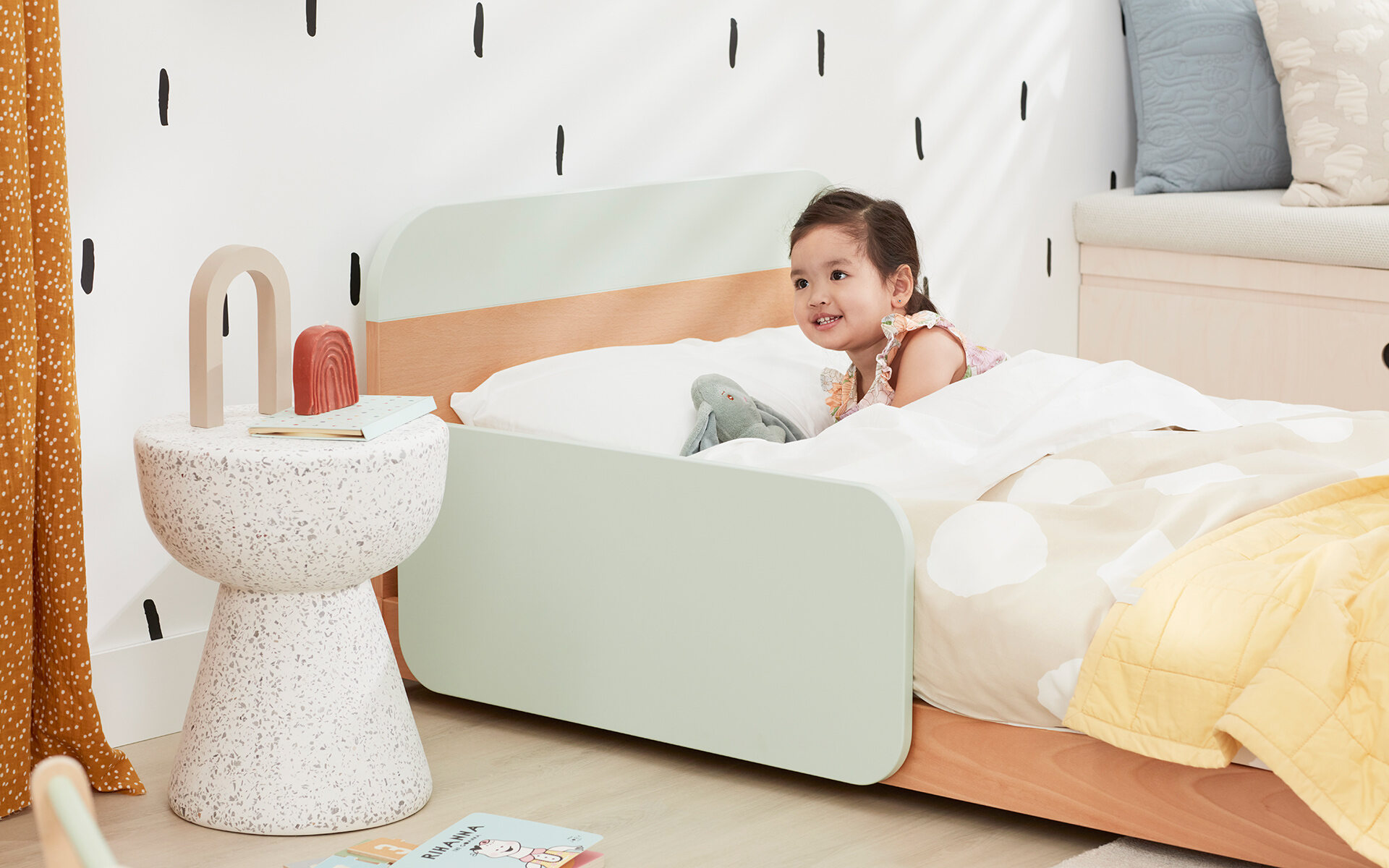
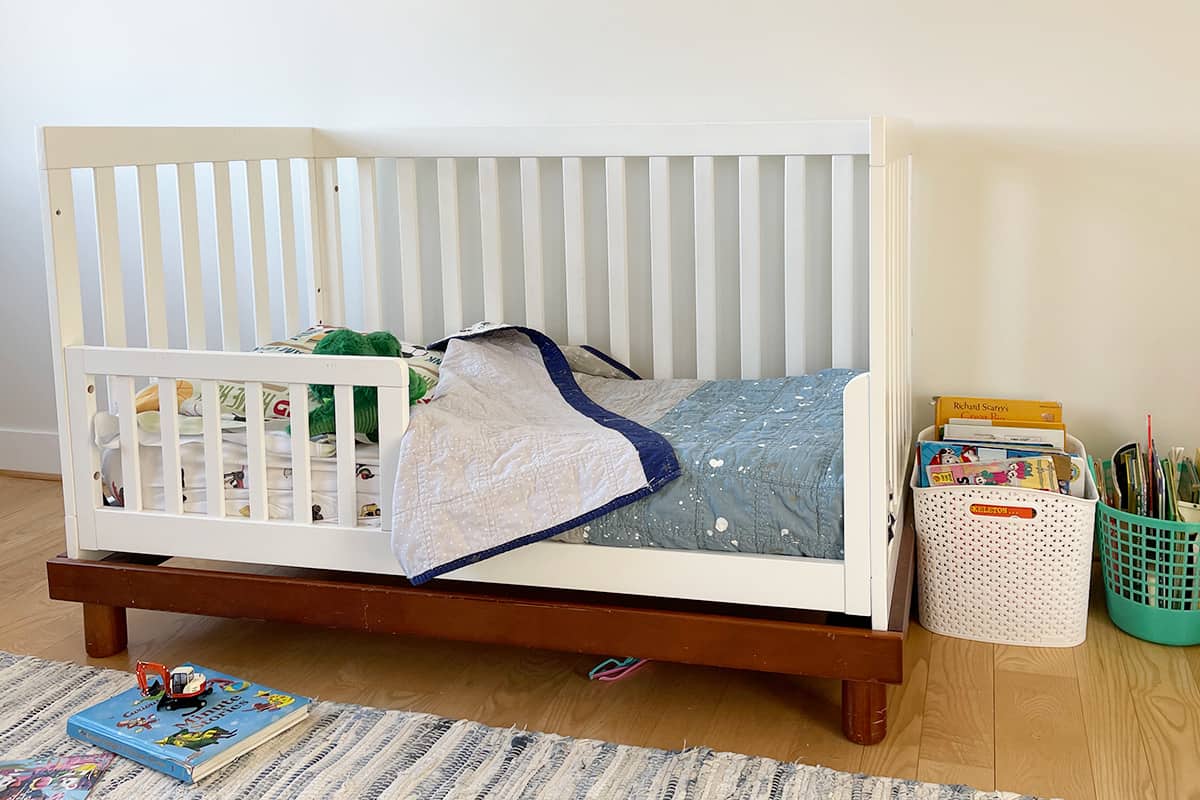
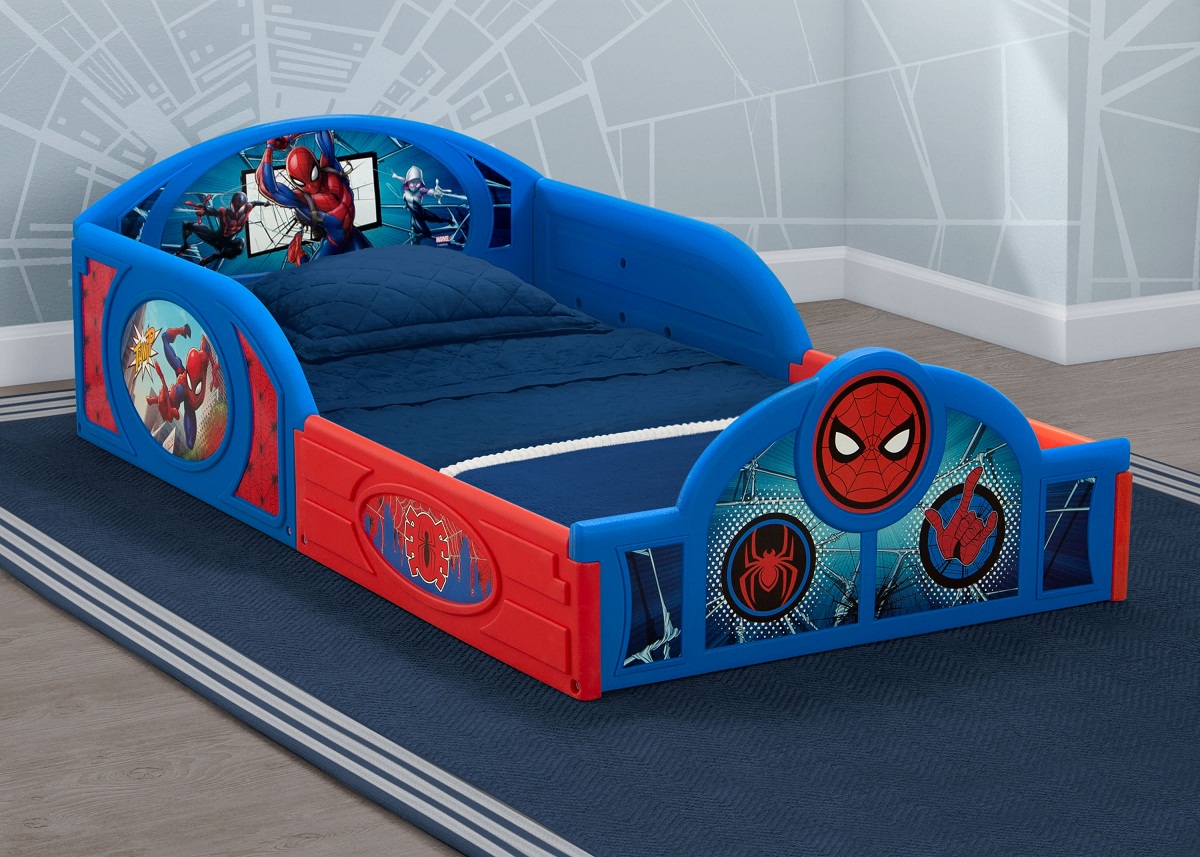
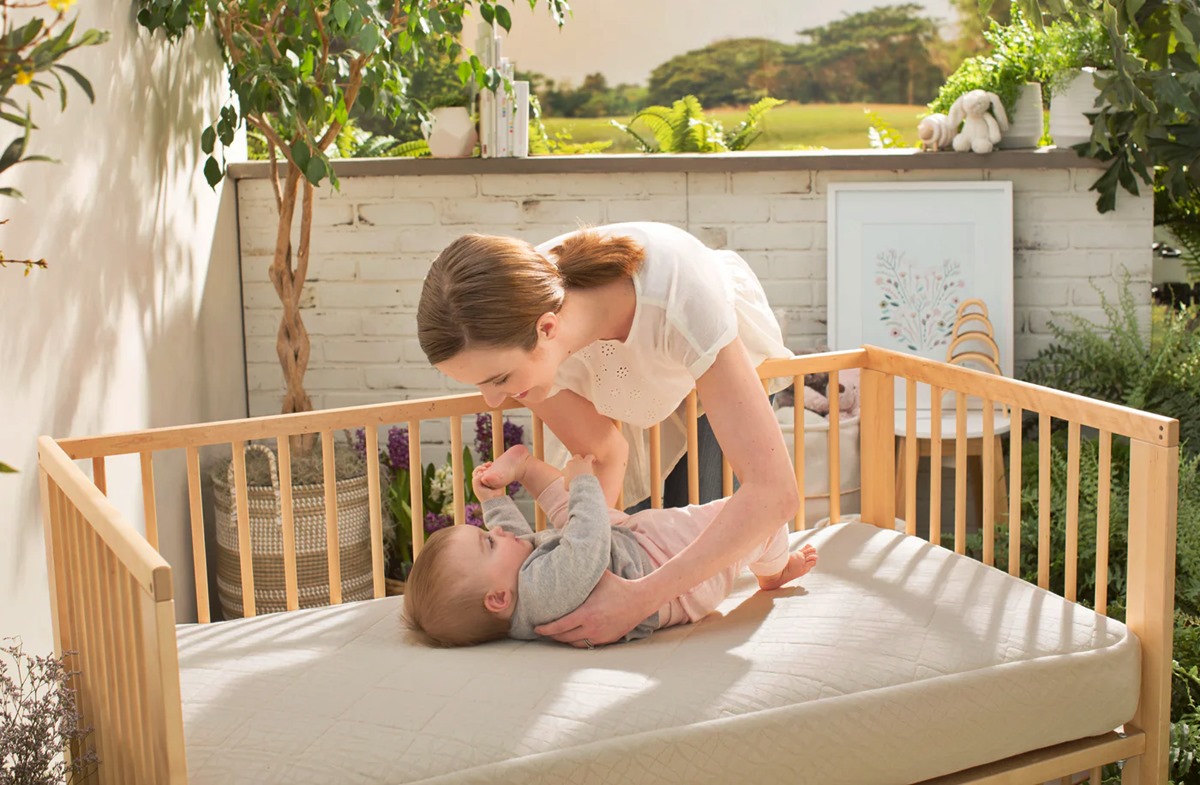


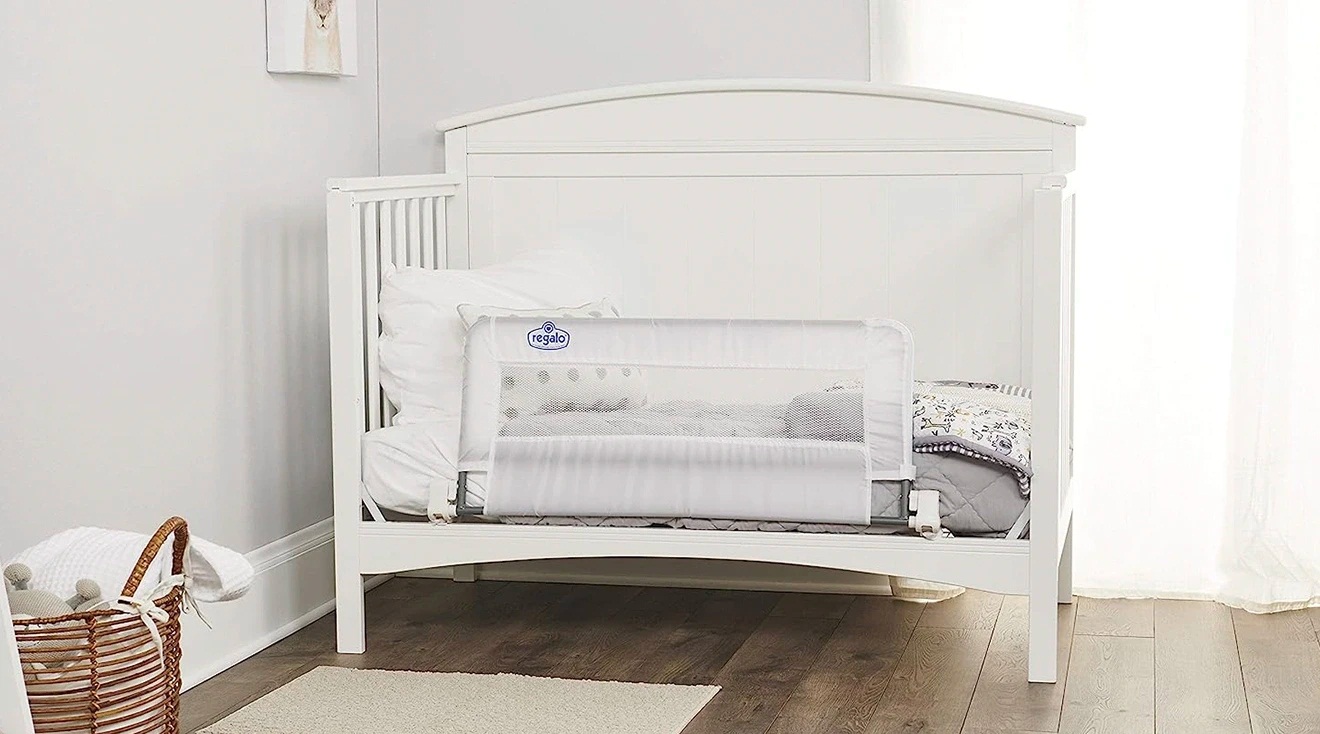
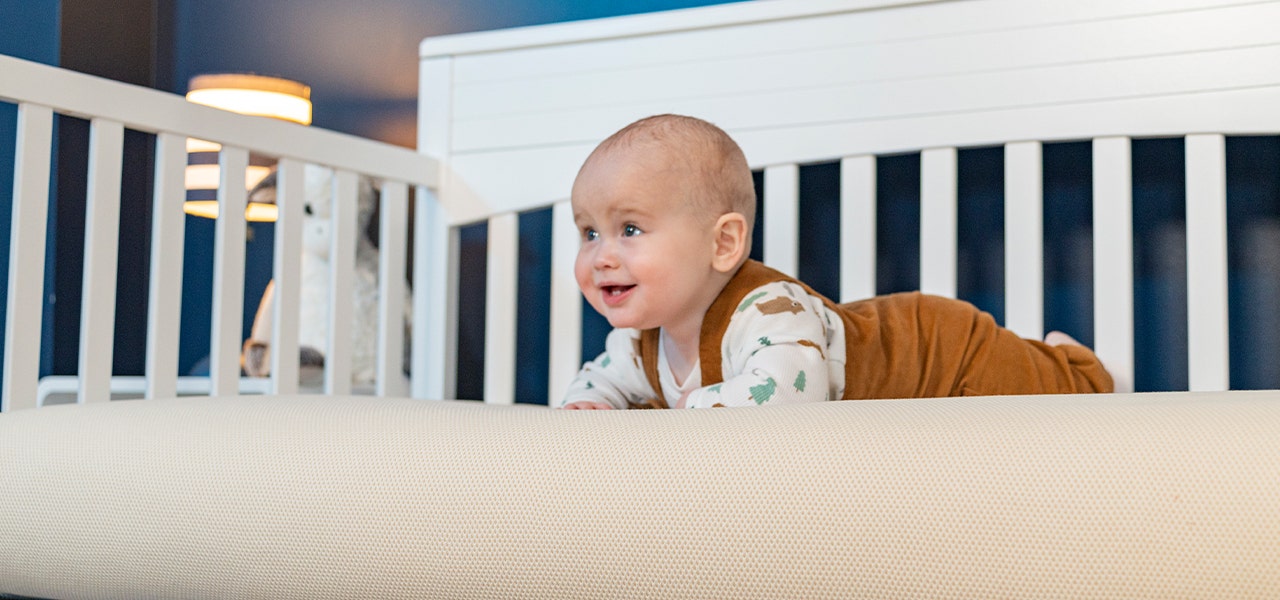
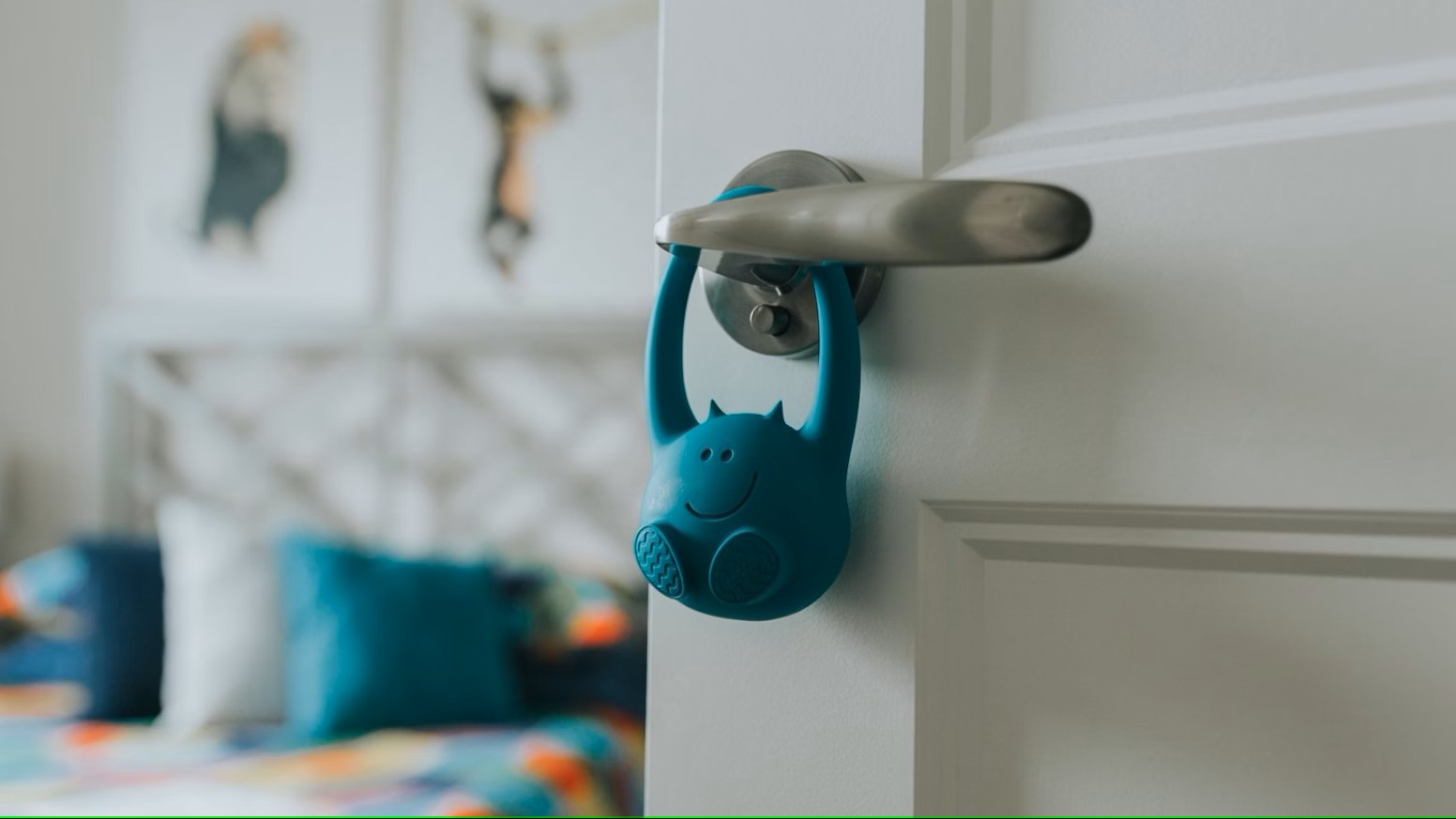

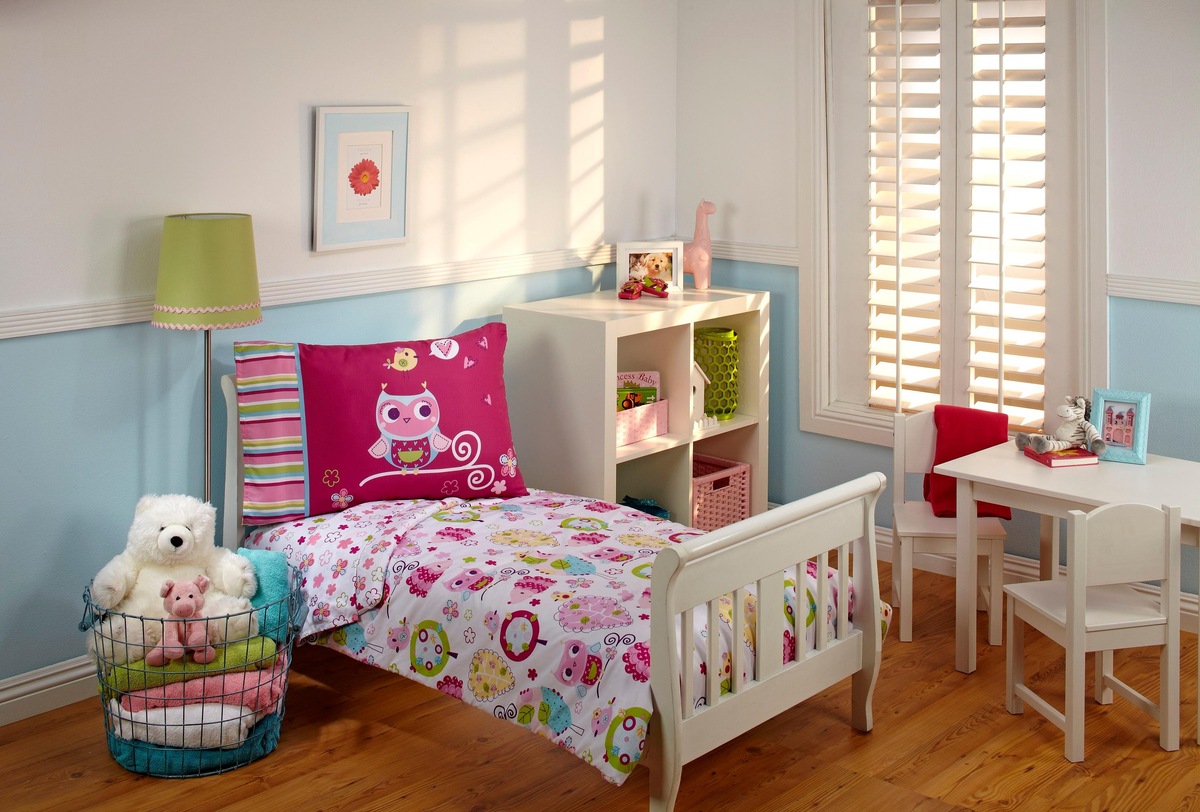

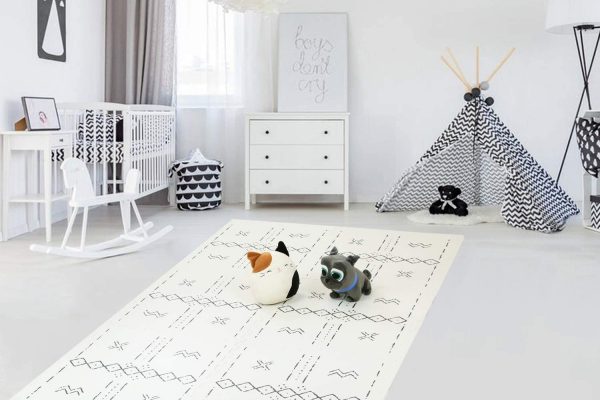

0 thoughts on “When To Transition To A Toddler Bed”